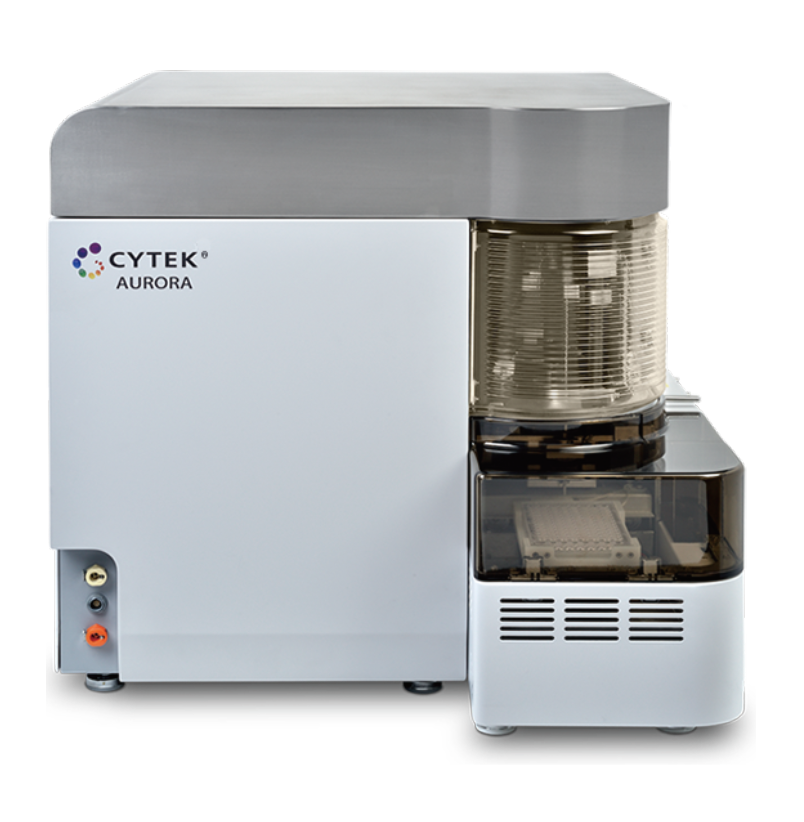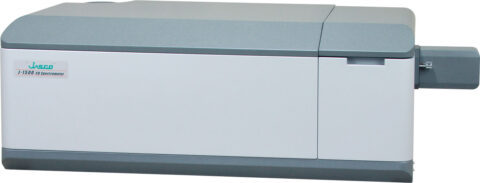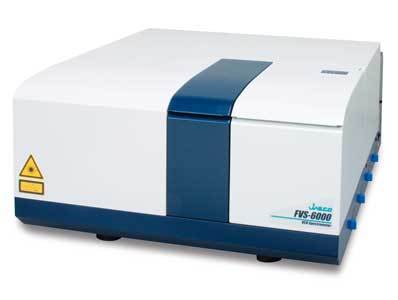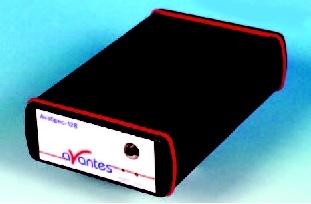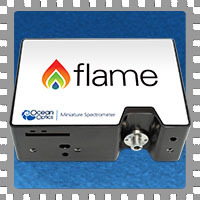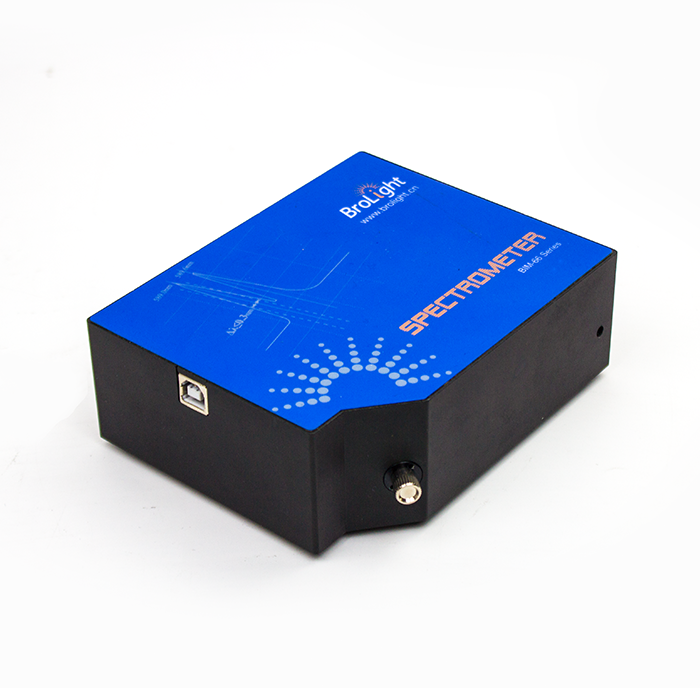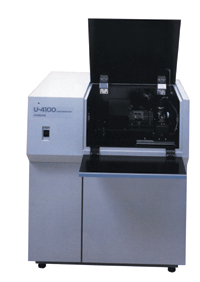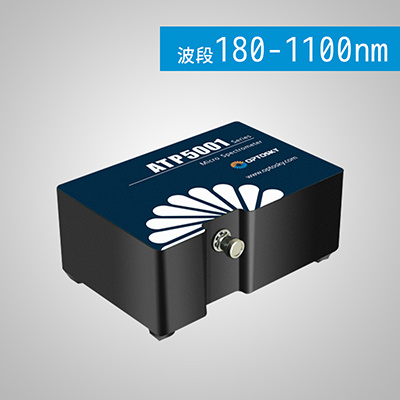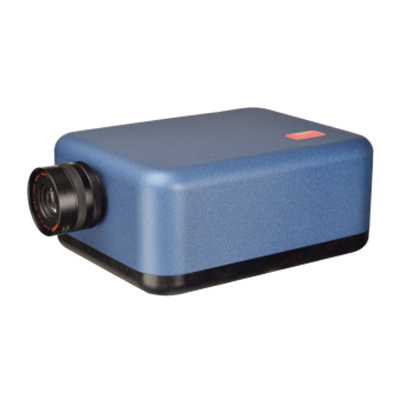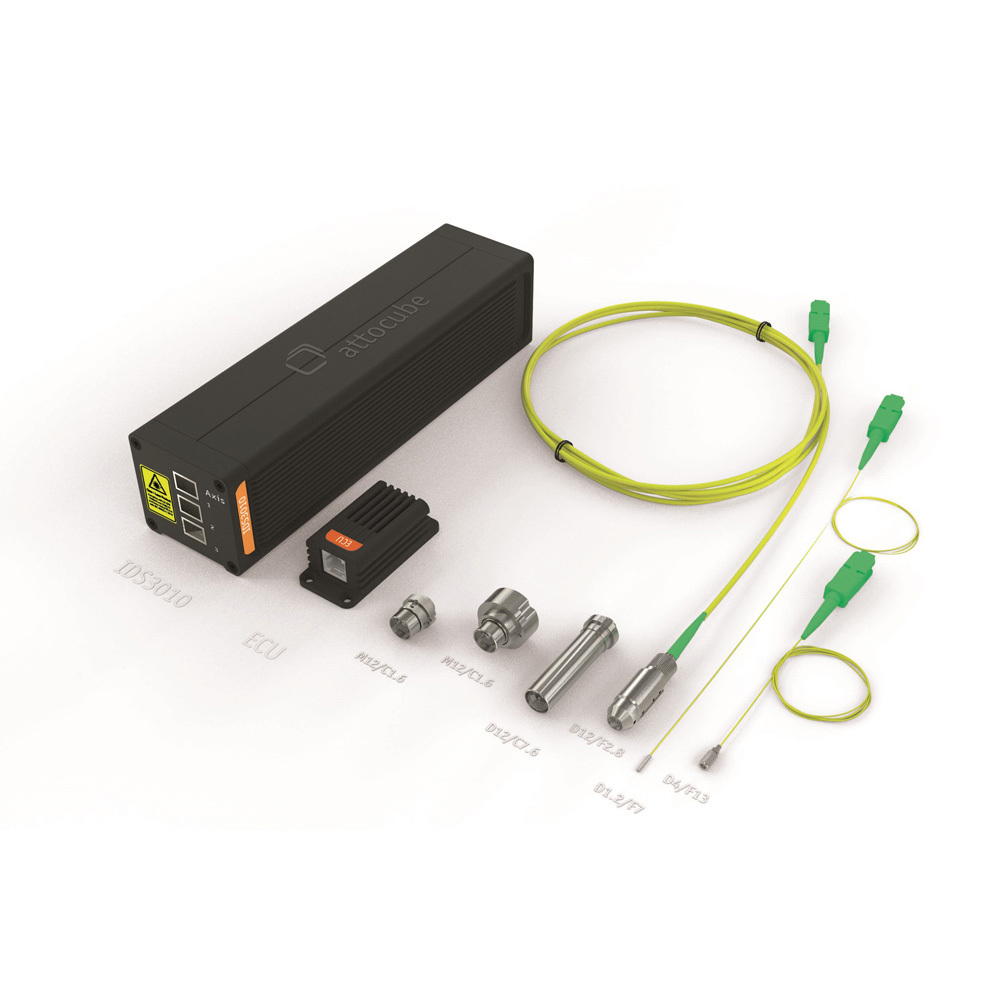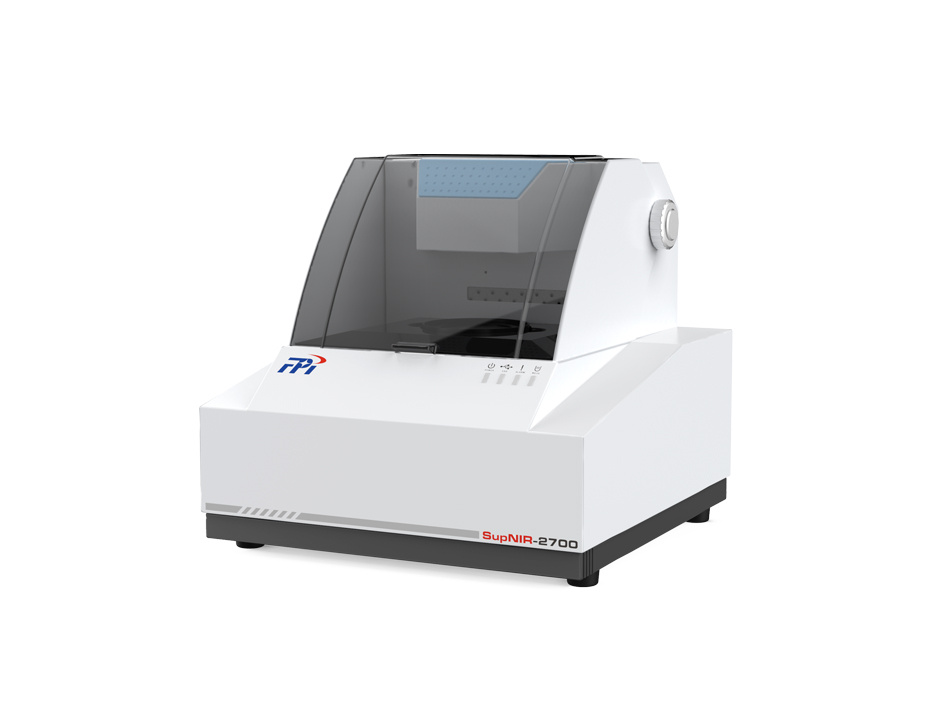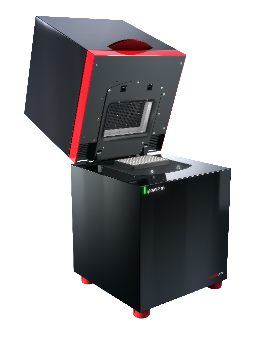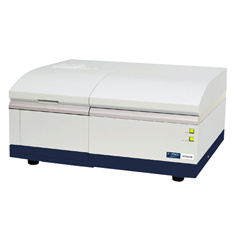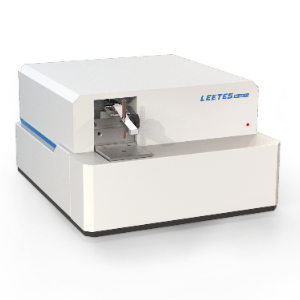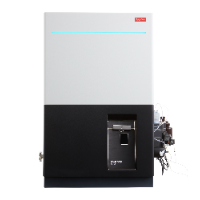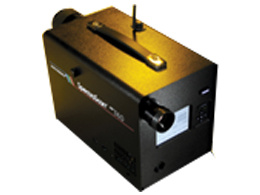SFC VCD振动圆二色光谱仪测量蛋白质
It is generally understood that chiral compounds have different bioactivities depending upon the absoluteconfiguration of each compound. Some familiar examples include glutamic acid and thalidomide. Lglutamicacid demonstrates the “Umami” taste*1, while D-glutamic acid has a bitter taste, similarly, the Rform of thalidomide is a sedative, but the S form has teratogenic activity. Thus, the separation and studyof chiral compounds is critical for many reasons.The functionalities of chiral compounds have been studied for the development of advanced moleculesfor many applications. The study of chiral compounds has spread to several fields such as naturalproducts, pharmaceuticals and other functional molecules, and it can be pointed out that among thosestudies, the structural analysis of chiral compounds is a very important topic. X-ray Diffraction (XRD),Nuclear Magnetic Resonance (NMR) and Electronic Circular Dichroism (ECD) using UV/Vis light areemployed as primary methods for the structural analysis of chiral compounds. In this paper, themeasurement of chiral compounds by Vibrational Circular Dichroism (VCD) using infrared light will beoutlined.VCD is a method to measure the difference of absorbance intensity between left-hand and right-handcircularly polarized light as shown in Figure 1. It is an advantage of VCD that this method can be appliedto almost all organic compounds in the same way as infrared (IR) spectroscopy. In addition, bycomparing the measurement results with calculated results by ab-initio molecular orbital calculations, theabsolute configuration of the sample can be determined. However, since the peak intensity of VCDspectra are 1,000 – 10,000 times weaker than that of standard IR spectra, spectroscopic instrumentswith high sensitivity and stability with very small baseline fluctuations are required. The FVS-6000 VCDsystem has a high sensitivity detector, suitable optical


